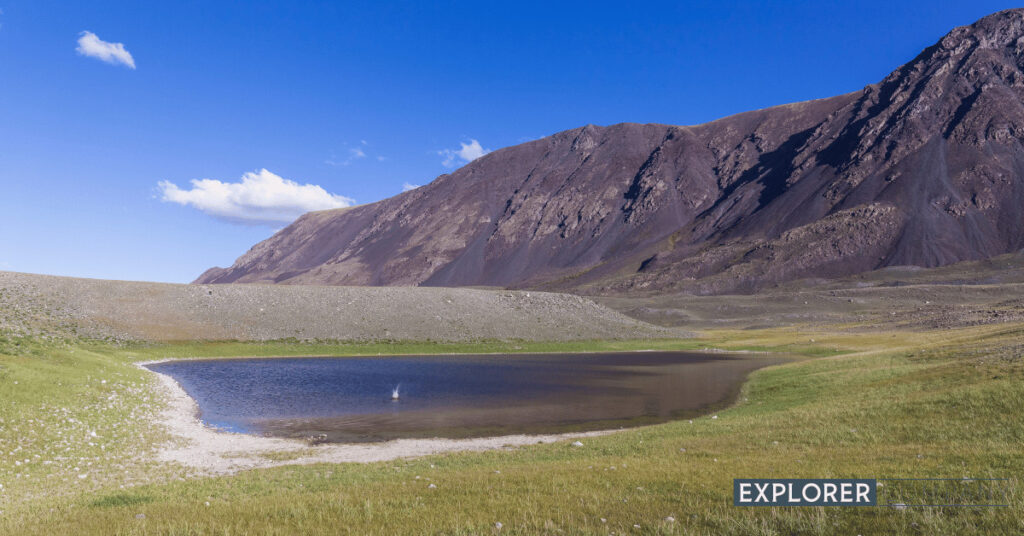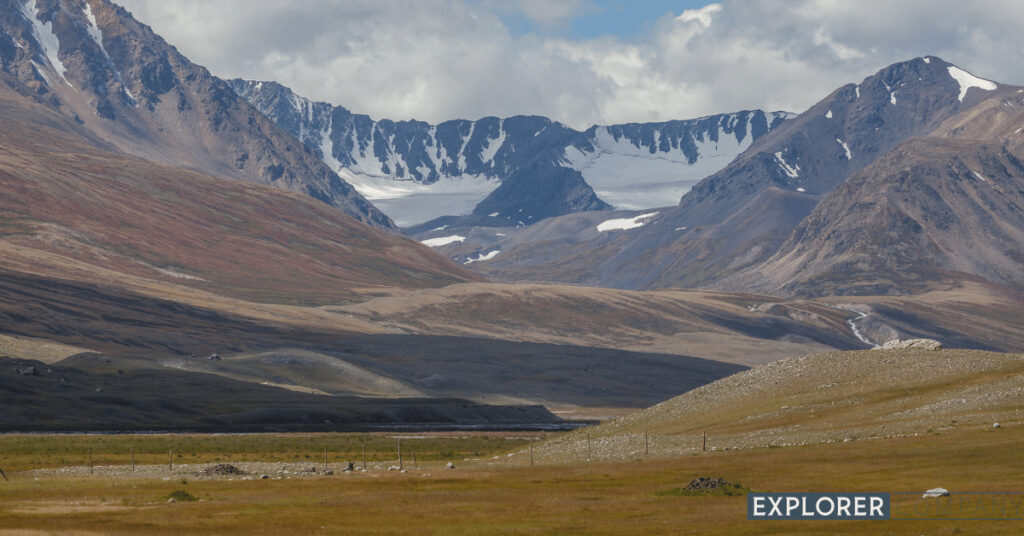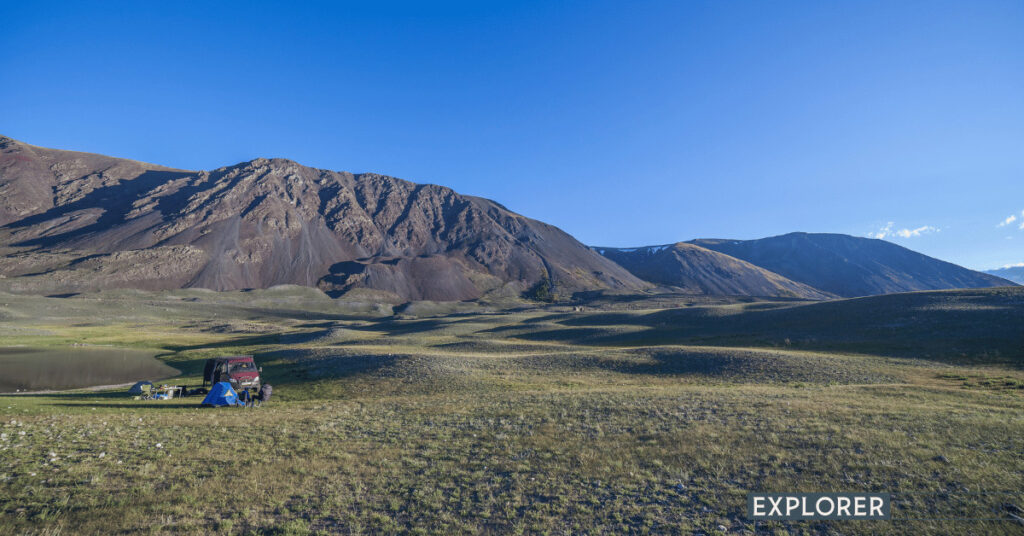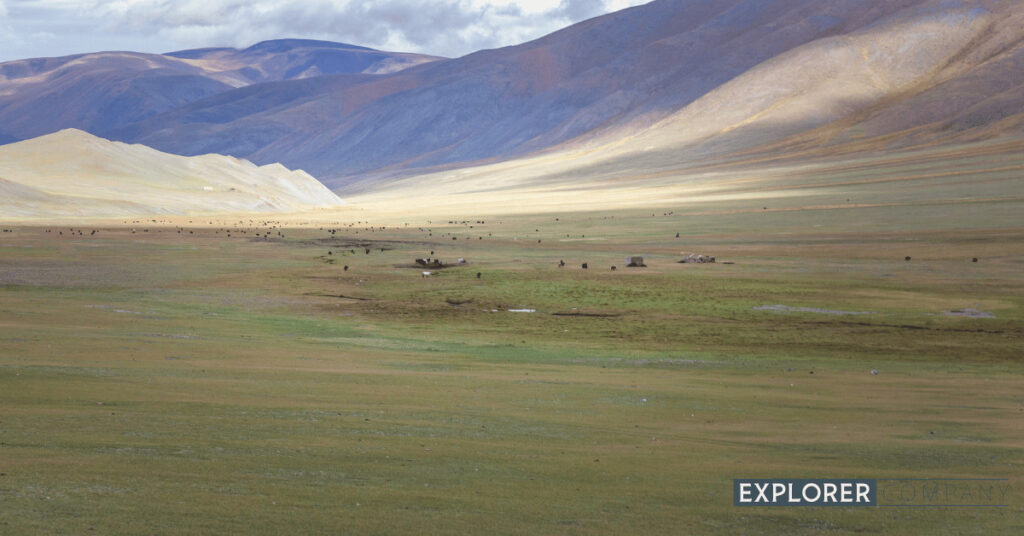Mongolia is a land where vast open skies meet untouched wilderness. It’s a photographer’s dream a place where every frame tells a story of nature’s raw beauty and timeless traditions. For those who love capturing landscapes, few destinations compare to Mongolia’s vast steppes, shimmering lakes, and towering mountains.
Renowned Mongolian photographer Bayar has spent years exploring these regions, capturing moments that reflect the spirit of this wild land. Inspired by his work, here’s a guide to the top 10 places in Mongolia for landscape photography, carefully curated for travelers and photo enthusiasts seeking authentic adventure.
Why Mongolia is a Landscape Photographer’s Paradise
Mongolia’s charm lies in its contrasts: deserts stretch endlessly beside snow-capped mountains, and ancient monasteries rise against a backdrop of windswept plains. The natural light here is pure and ever-changing, offering photographers endless opportunities to capture unique moods.
A few reasons Mongolia stands out for photography:
- Diverse landscapes – From the Gobi’s rolling dunes to Khuvsgul’s icy lakes.
- Crystal-clear skies – Ideal for golden-hour and astrophotography.
- Untouched beauty – Few crowds, unspoiled nature, and authentic nomadic life.
- Cultural depth – Nomads, eagle hunters, and ancient traditions add storytelling depth to every frame.
For photographers, Mongolia isn’t just a destination it’s an open-air studio waiting to be explored.

Bayar’s Approach to Capturing Mongolia
Bayar is known for his patience and deep respect for the landscapes he photographs. He often spends days in a single location, waiting for the perfect light or the movement of a sandstorm across the dunes. His philosophy is simple: to let nature tell its story without interference.
Following Bayar’s footsteps means slowing down, connecting with the land, and seeing beyond the obvious. Whether you’re using a DSLR or a drone, Mongolia rewards those who approach it with curiosity and respect.
Bayar’s Top 10 Places in Mongolia for Landscape Photograph
1. Gobi Desert – Endless Dunes and Fiery Horizons
The Gobi Desert is one of Mongolia’s most iconic landscapes, stretching over 1,000 miles. The Khongoryn Els dunes, often called the Singing Dunes, shimmer gold in the sunlight and echo softly when the wind moves the sand.
At Bayanzag (Flaming Cliffs), the rocks glow deep orange during sunset a magical sight that inspired Bayar’s famous desert series.
Photography tips:
2. Altai Mountains – Peaks, Glaciers, and Eagle Hunters
In western Mongolia, the Altai Mountains rise like guardians of the steppe. Snow-dusted peaks, glacial lakes, and high-altitude valleys make this region ideal for landscape and cultural photography.
Bayar often photographs the Kazakh eagle hunters here, their traditional fur coats and golden eagles creating striking compositions against the mountain backdrop.
Highlights:
3. Khuvsgul Lake – The Blue Pearl of Mongolia
Known as Khuvsgul Nuur, this lake sits in the northern part of the country, near the Siberian border. Its crystal-clear waters mirror pine-covered mountains and open skies.
Morning mist over the lake creates an ethereal atmosphere perfect for fine-art photography. Bayar’s dawn shots here capture stillness and reflection like no other place in Mongolia.
Best seasons: Summer and early autumn for reflections, winter for frozen lake patterns and ice cracks.
4. Orkhon Valley – History and Harmony
The Orkhon Valley, a UNESCO World Heritage Site, is not just visually stunning it’s the cradle of Mongolian civilization. Green pastures, winding rivers, and the powerful Orkhon Waterfall form a diverse landscape.
Bayar’s compositions often include herds of horses crossing the valley at dawn, blending motion and serenity.
What to photograph:
5. Terelj National Park – Granite Rocks and River Valleys
Just an hour from Ulaanbaatar, Terelj National Park offers a mix of rugged cliffs and peaceful meadows. The famous Turtle Rock and Aryabal Meditation Temple overlook valleys filled with wildflowers in spring.
This area is ideal for capturing Mongolia’s softer side rolling hills, rivers, and everyday nomadic life.

Tips for photographers:
6. Kharkhorin (Karakorum) – Ancient Capital with Timeless View
Once the capital of Genghis Khan’s empire, Kharkhorin combines history and vast open landscapes. The Erdene Zuu Monastery, with its white stupas, creates a stunning focal point against the steppe.
Sunset here paints the sky in rich pink and orange hues perfect for panoramic shots.
Photographic highlights:
7. Terkhiin Tsagaan Lake – Reflections of Fire and Ice
Also called the Great White Lake, Terkhiin Tsagaan lies in central Mongolia’s volcanic region. Surrounded by ancient lava fields and small hills, the lake reflects sunsets in fiery tones and stars at night.
For Bayar, this location symbolizes balance between land, light, and sky.
What makes it special:
8. Tsagaan Suvarga – The White Stupa Cliffs
Located in the Middle Gobi, Tsagaan Suvarga resembles a series of ancient temples carved by wind and time. The cliffs change color from white to orange to pink throughout the day.
Drone shots from above reveal breathtaking natural patterns.
Photography checklist:
9. Khentii Mountains – Forested Serenity and Sacred Heritage
The Khentii Mountains, in eastern Mongolia, are often called the birthplace of Genghis Khan. This area is lush and heavily forested, offering a different mood than the arid west.
Fog-filled valleys, winding rivers, and ancient shrines make it a poetic setting for moody landscape photography.
Key spots:
10. Amarbayasgalant Monastery – Tranquil Beauty in Remote Valleys
Nestled in the Selenge Province, Amarbayasgalant Monastery is one of Mongolia’s most beautiful Buddhist sites. Surrounded by rolling green hills, it’s both spiritual and scenic.
Bayar often visits during early morning when fog drifts through the valley, creating an almost mystical scene.
Best time to shoot: Sunrise for soft golden light and gentle shadows.
Best Times and Tips for Landscape Photography in Mongolia
Mongolia’s weather varies drastically, so timing is key to capturing the best light and conditions.
Ideal months:
- May to October – Warm weather, green pastures, and accessible routes.
- November to April – For snow and icy landscapes.
Photography tips for Mongolia:
How Explorer Company Helps Photographers Experience Mongolia
For those inspired by Bayar’s journey, Explorer Company offers tailored travel experiences to capture Mongolia’s finest views. Whether you’re a solo traveler with a camera or a professional photographer planning a project, their tours make reaching these remote locations easier and safer.
What Explorer Company provides:
- Private and Self-Drive Tours: Explore Mongolia’s vast landscapes at your own pace with well-equipped 4×4 vehicles.
- Local Expertise: Guides who know the best times, angles, and hidden gems for photography.
- Tailor-Made Routes: Customized itineraries that match your photography goals sunsets, wildlife, or nomadic life.
- Reliable Support: Assistance with logistics, accommodations, and permits so you can focus on your craft.
From the dunes of the Gobi to the peaks of the Altai, every Explorer Company journey is designed for authenticity and adventure just like Bayar’s lens captures.

Conclusion
Mongolia isn’t simply a destination; it’s a living canvas painted by nature and time. From shimmering lakes to ancient monasteries, each region offers photographers a chance to frame something truly timeless.
Bayar’s top 10 locations remind us that great photography begins with curiosity, patience, and connection to the land. With the right preparation and a spirit of exploration, you can experience and capture the same breathtaking views.
Ready to explore Mongolia through your lens?
Plan your photography adventure with Explorer Company and witness landscapes that tell stories beyond words.
